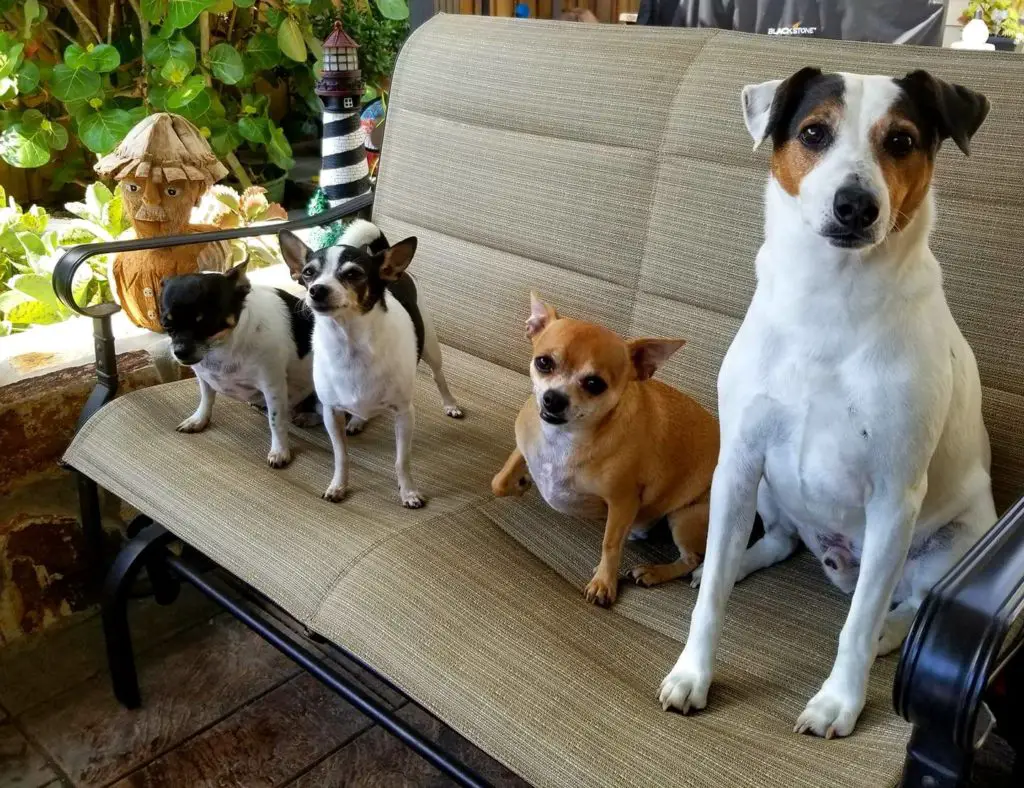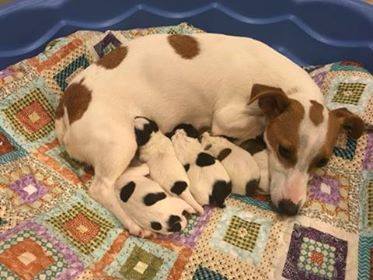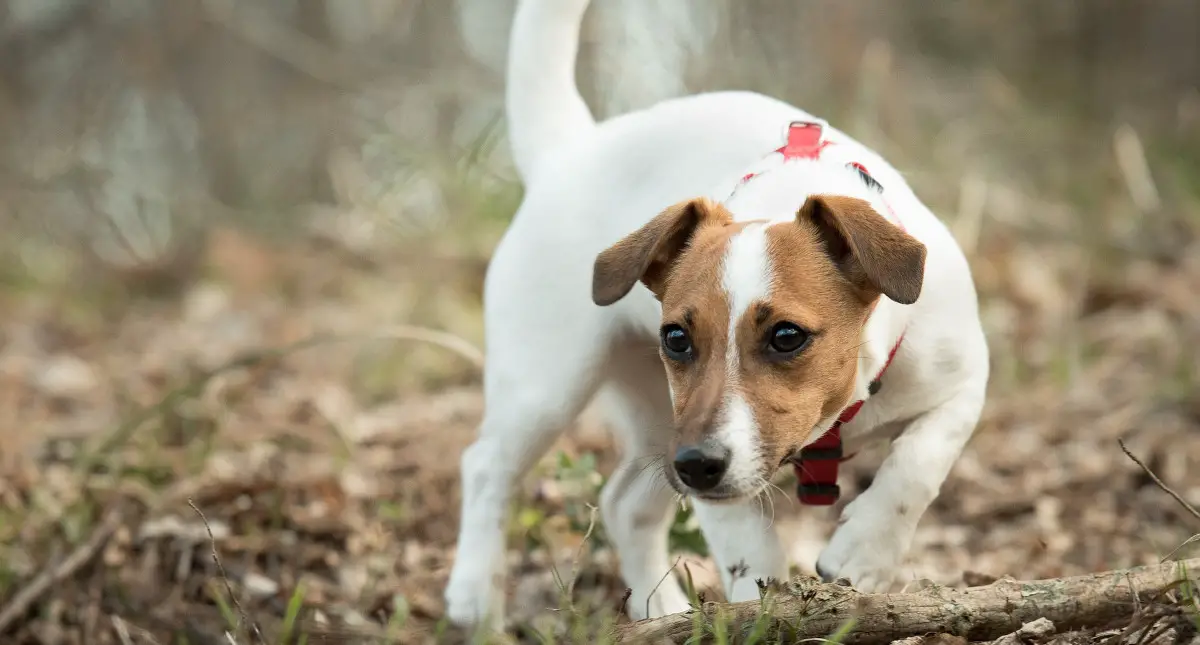Table of Contents
Some dogs prefer their own. Some like to eat the leavings of other dogs. Some like to go to the cat box for a snack. And some discerning pups even enjoy the “output” of horses or cows.
*This post may contain affiliate links. As an Amazon Associate we earn from qualifying purchases.
Ew.
Why?
Why?
We’re going to tell you.
But First, You’re Not Alone
A lot of dogs do it, actually. A lot. In fact, animal behavioral researchers did a study in 2012 to find out the specifics. The study, which was presented at the Conference of the American Veterinary Society of Behavior found that 16 percent of dogs can be classified as “serious” stool eaters. That is, their owners have caught them at it at least five times. Another twenty-four percent were busted at least once.
If you’re interested in the dirty details, 15 percent of the dogs in the survey ate their own leavings, while 85 percent seemed to prefer the taste of that which other dogs had left behind.

Also, dogs in multi-dog households are more likely to have this filthy habit. First, because the majority of dogs prefer the excrement of other dogs. But also, because dogs sometimes learn this behavior from each other.
And, just in case you needed to know this, most of the dogs in the study preferred it fresh — two days old at the most.
Upshot? It’s repulsive, but almost half of all dogs do it, so if your dog does it, it’s not unusual, and you’re not alone.
But Whyyyyyyy
There are several reasons. Some are evolutionary, some are behavioral, some are health-related, and some are common-sense. It doesn’t make it any less disgusting, but at least it addresses the burning question.
Health issues
If your dog eats stool, there could be a medical cause. The AKC recommends a workup with your vet to rule out nutritional deficiencies, Cushing’s Syndrome, Diabetes, thyroid problems, and parasites.

Evolution
Dogs evolved as scavengers. And scavengers never know when they may get their next meal. Of course, you feed your dog regular nutritious meals. But somewhere in their doggy minds lurks the atavistic instinct to snatch a snack whenever they can, because it may be their last chance for a while.
The behavior may also stem from the instinct to keep the den free of parasites and disease. If your household includes an older, weaker dog, a younger dog may eat its stool out of an instinct to protect the household from predators that might be attracted by the stool. In effect, your dog may feel that he or she is doing you a favor by cleaning up!
Behavior
Mother dogs clean their pups. They clean every bit of them. In the course of this, they may eat some stool. Puppies may also eat stool when learning to clean themselves. Some may develop a taste for it.

Stool-eating can also be caused by anxiety, separation anxiety, being confined too restrictively, boredom, or isolation. Also, if a dog learns to eat close to their own feces, the smells may be too similar in their minds for them to tell the difference between food and…not food.
It’s just yummy
And speaking of taste…
Let’s face it — dog and cat foods, especially the wet, meat-based kinds smell like something dogs love to eat. And when a dog or cat defecates, some of that smell will remain. And that, too, can make stool attractive.
Can It Cause Problems?
The main problem is the spread of disease and/or parasites. This is especially true if your dog enjoys the excreta of other dogs and animals. And these diseases and parasites can affect human family members, as well.
Dr. Ken Tudor of PetMD says that in particular, dogs can carry E.Coli and Salmonella, and various parasites without showing any symptoms themselves. But we all know how serious those two bacteria can be for humans.

As regards snacks from the cat’s litterbox, not only is it possible for your cat to pass tapeworms to your dog this way — tapeworms are common among cats who hunt — but cat litter can cause
Ok, Gross. How Can I Get Them to Stop?
There are a number of things you can do.
Behavioral solutions
Keep your backyard clean of stool. Watch your dog when he or she goes outside, to make sure they don’t eat their stool or anyone else’s. Pick up

Keep the cat’s litterbox out of your dog’s reach. Simply turning the entrance toward the wall in a way that allows the cat — but not the dog — access may dissuade some dogs. Other dogs may be more determined.
If your dog eats his or her own feces, try distracting them when they finish their business. Then call them and reward them when they come to you without eating their stool. This is also a good time to practice the oh-so-useful command leave it.
Food-based solutions
If behavioral changes aren’t making a dent, you can try these techniques for making stool less appetizing.
Try changing the diets of your pets. Some foods will smell less appetizing “the second time around” than others.
There are also a number of stool-eating deterrent products on the market. These often come in pill or powder form, and can be mixed with food.
It’s a Dirty Job…
It’s a dirty job, and a filthy habit. But it’s not uncommon, and there are a few ways to approach it. First, rule out any medical causes. Next, address any possible behavioral causes like anxiety, isolation, or boredom. Finally, start working with possible solutions.
When it comes to the JRT, these things are often a battle of wills. And when all else fails, your vet may have some suggestions that you haven’t thought of.
Good luck!
Featured Image: CC0 by Didkapan, via Pixabay

